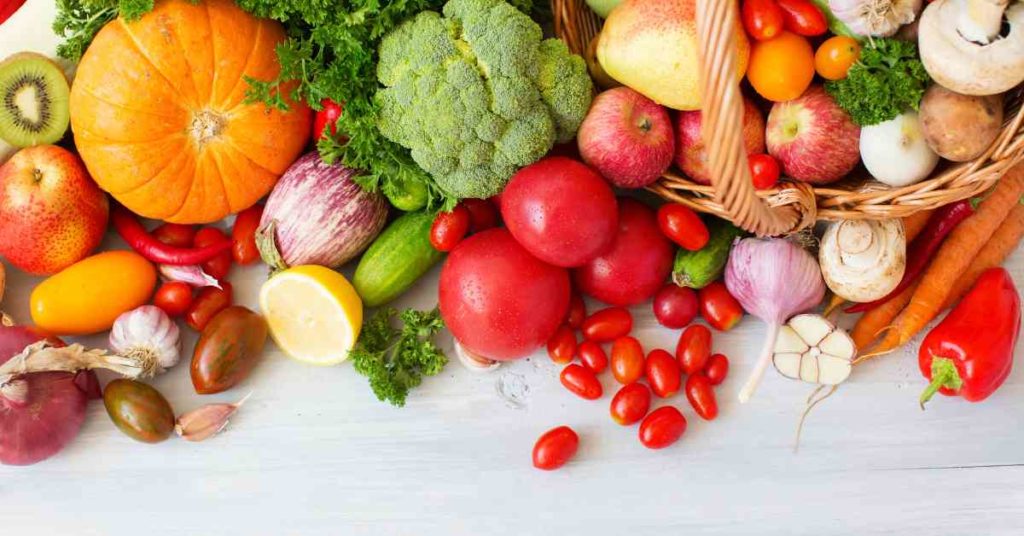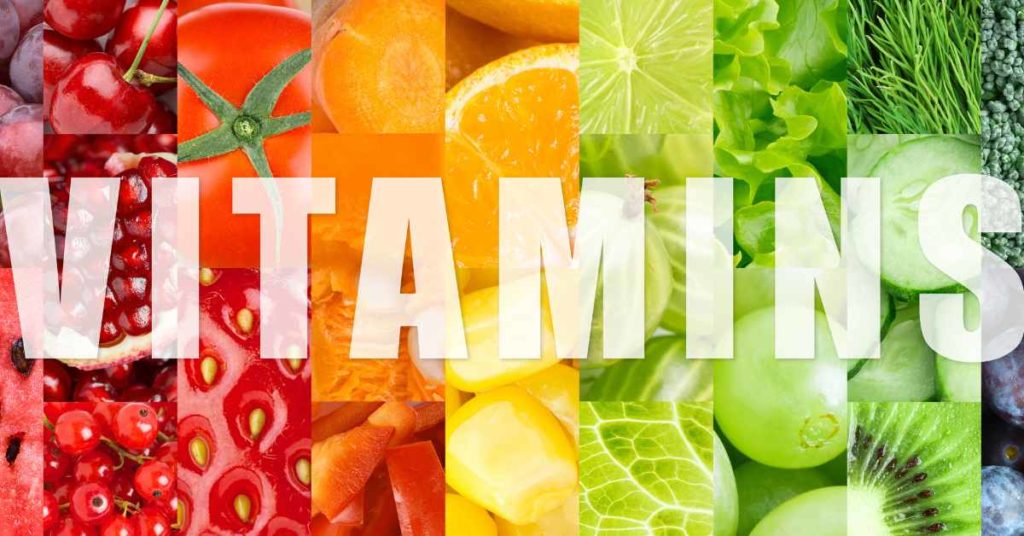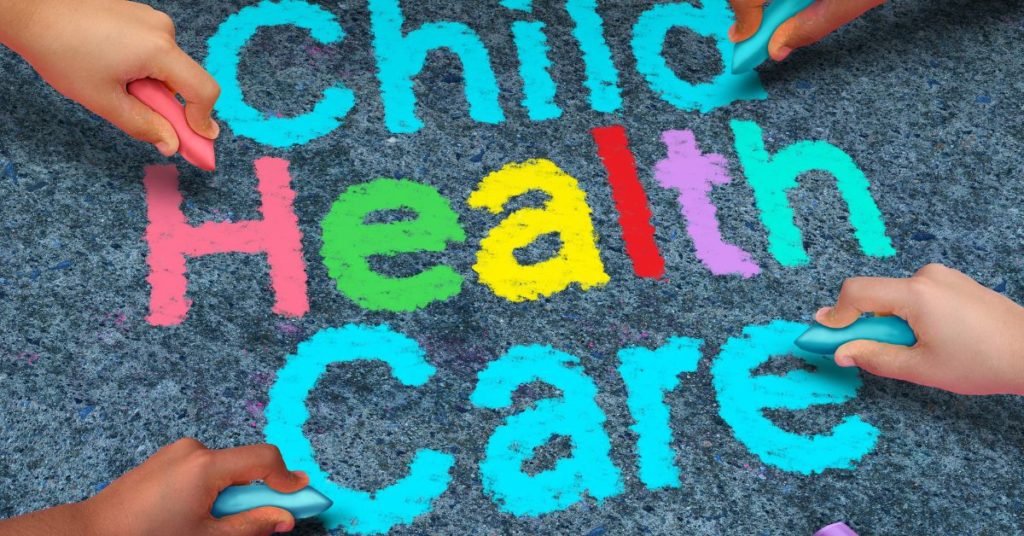Vegetables are the Main Source of Vitamins and Minerals necessary for a Healthy Life

Vitamins are the most valuable components of vegetables. Vitamins accelerate the metabolism of proteins, carbohydrates, mineral salts, and fats and normalize water metabolism. The need for vitamins increases with increased physical and mental work, in winter, with diseases. The most common deficiency of vitamins C, A, B1, B2, PP, and sometimes B9 and B6.
Table of Contents
Vitamin C
It is involved in the exchange of nucleic acids, increases the elasticity and strength of blood vessels, the body’s resistance to infectious diseases, and prevents scurvy. It has an antitoxic effect on toxic substances. Participates in the processes of hematopoiesis and promotes faster healing and fusion of bones. The need for vitamin C is 50-70 mg per day.
The richest in vitamin C are sweet peppers, parsley leaves, lettuce, dill, and onion leaves.
Vitamin A
Retinol belongs to the group of fat-soluble vitamins found in animal products. In vegetable products, there is a precursor of retinol-carotene (in the intestine, under the influence of a specific enzyme, carotene is converted into vitamin A). Vitamin A is involved in redox processes, increases the glycogen content in the muscles of the heart and liver, and ensures the normal state of the epithelium, cornea, and lacrimal glands of the eye. The need for vitamin A is provided by 3–5 mg of carotene. Spinach, parsley leaves, onions, dill, sweet peppers, tomatoes, and carrots are rich in carotene. Compounds with A-vitamin activity can accumulate in the human body in the summer and last up to a year.
Vegetables are a rich source of B vitamins:
Vitamin B1
Thiamine is part of many enzymes in carbohydrate metabolism. Insufficient intake of vitamin B1 leads to the accumulation of products of incomplete oxidation of glucose in the blood and tissues and diseases of the nervous system. The most significant vitamin B1 is in vegetable peas, spinach, radish, and radish.
Vitamin B2
Riboflavin is part of redox enzymes – flavoproteins. Accelerates the conversion of fats and carbohydrates in the body, enhances the accumulation of glycogen in the liver and improves protein absorption. The daily requirement is 2-2.5 mg. There is a lot of vitamin B2 in spinach (0.25%) – only two times lower than in chicken yolk, the richest source of this vitamin.
Vitamin B6
Derivatives of pyridoxine are essential for amino acid conversion processes. Vitamin B6 deficiency usually occurs when the intestinal flora is suppressed by antibiotic treatment. Vitamin B6 plays an essential role in the functioning of the nervous system. The richest in vitamin B6 are beans and peas.
Vitamin B9
Folic acid is necessary for a person in case of damage to the hematopoietic system as a result of radiation sickness, in case of poisoning, and the use of drugs, especially antibiotics. Almost all green vegetables are sources of folic acid: spinach, beet leaves, lettuce, beans, tomatoes, melon, and watermelon.
Vitamin E
Tocopherol is a powerful biological antioxidant; it protects the eyes, skin, and liver from environmental pollution and red blood cells from harmful oxidation. Vegetable beans, peas, parsley, spinach, and lettuce are rich in vitamin E.
Vitamin P
Rutin, citrine unites a large group of biologically active substances – bioflavonoids, which have powerful antioxidant properties. It increases the strength of the walls of the smallest blood vessels, regulates their permeability and the activity of the thyroid gland, and prevents and treats hemorrhages in various areas of the eye. The activity of rutin increases in the presence of ascorbic acid. Vitamin deficiency leads to an increase in capillary permeability, resulting in pinpoint intradermal hemorrhages. There is a lot of vitamin P in all vegetables that have a red and purple color, including sorrel, vegetable peas, dill, radishes, tomatoes, red sweet peppers, parsley, and beets.
Vitamin PP
Nicotinic acid belongs to the group of water-soluble vitamins. This acid is part of the redox enzymes – dehydrogenases. Vitamin PP plays an important role in normalizing blood cholesterol levels and liver function. The source of nicotinic acid are tomatoes, carrots, spinach, and onions.
Vitamins of group K
Derivatives of naphthoquinones are a group of antihemorrhagic factors necessary for normal blood clotting. Spinach, cauliflower, tomato, and carrots are the richest in vitamins.
Vitamin U (methyl-methionine)
It is used for the prevention and treatment of stomach ulcers and chronic gastritis. Vitamin is found in beets, parsley, and cauliflower.
In order for the child`s body to develop normally and be healthy, it needs all the vitamins and minerals that, in combination, complement and help each other, for example:
Vitamin D
It is necessary for the body to absorb and use calcium and phosphorus. Vitamin D and Calcium help to keep bones strong and can help to prevent osteoporosis. There are a few foods that naturally have some vitamin D – fatty fish such as salmon, tuna and mackerel and sardines, rainbow trout, beef liver, egg yolks, cod liver oil, and unfortunately, only mushrooms as a kind of vegetable contain the vitamin D.
Please leave your comment below if you find this article helpful. This means a lot to me. Thank you!





